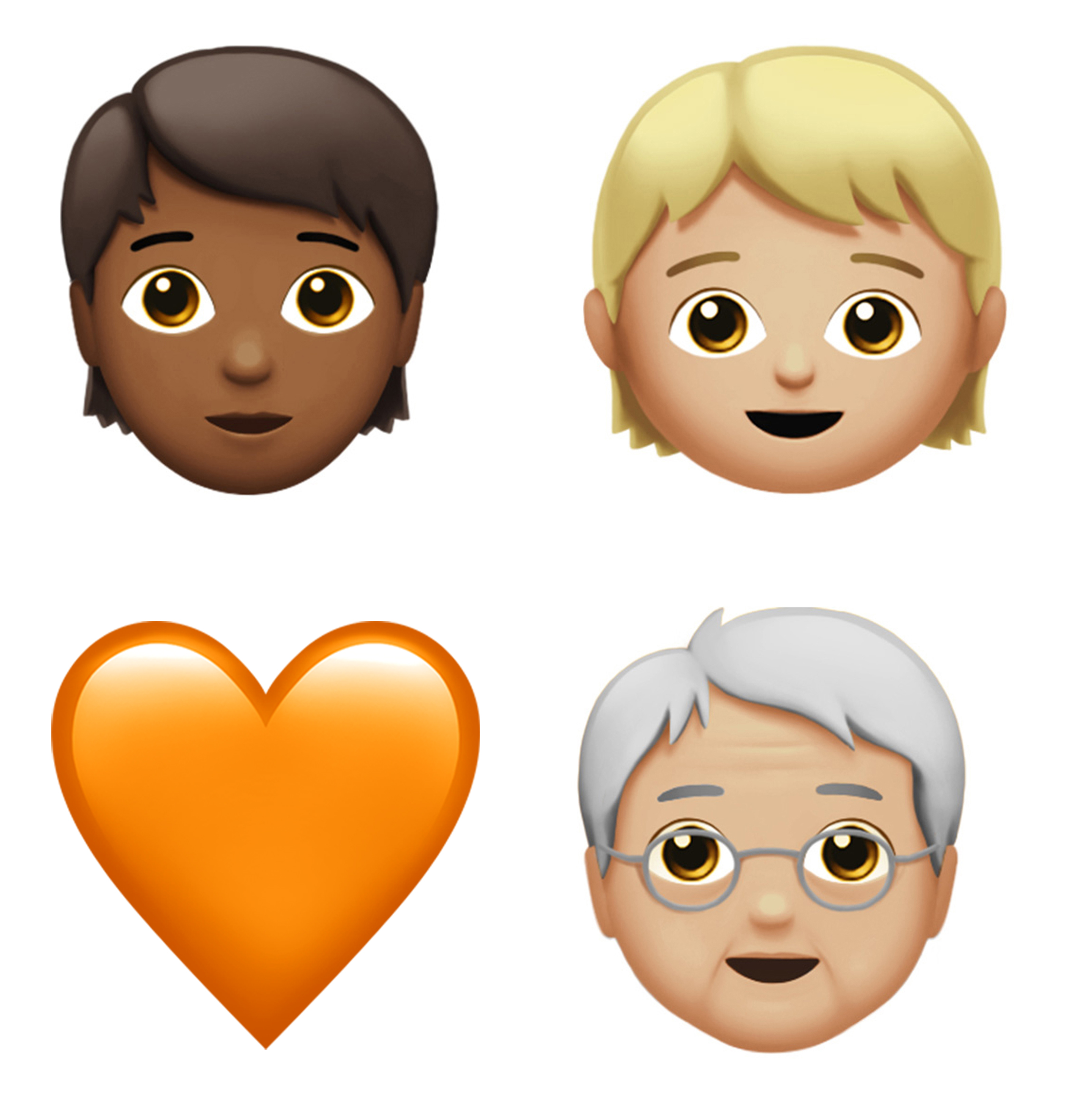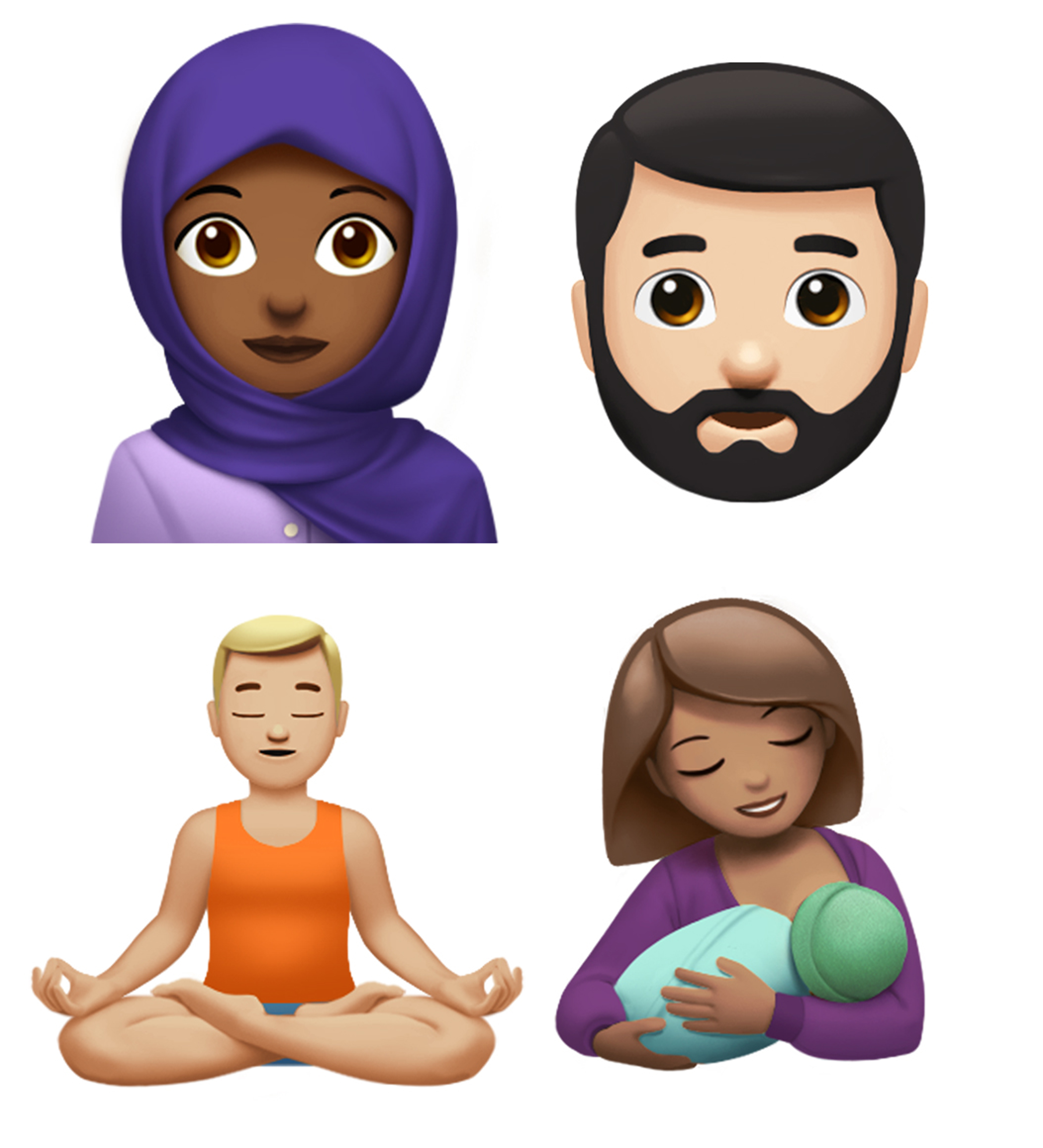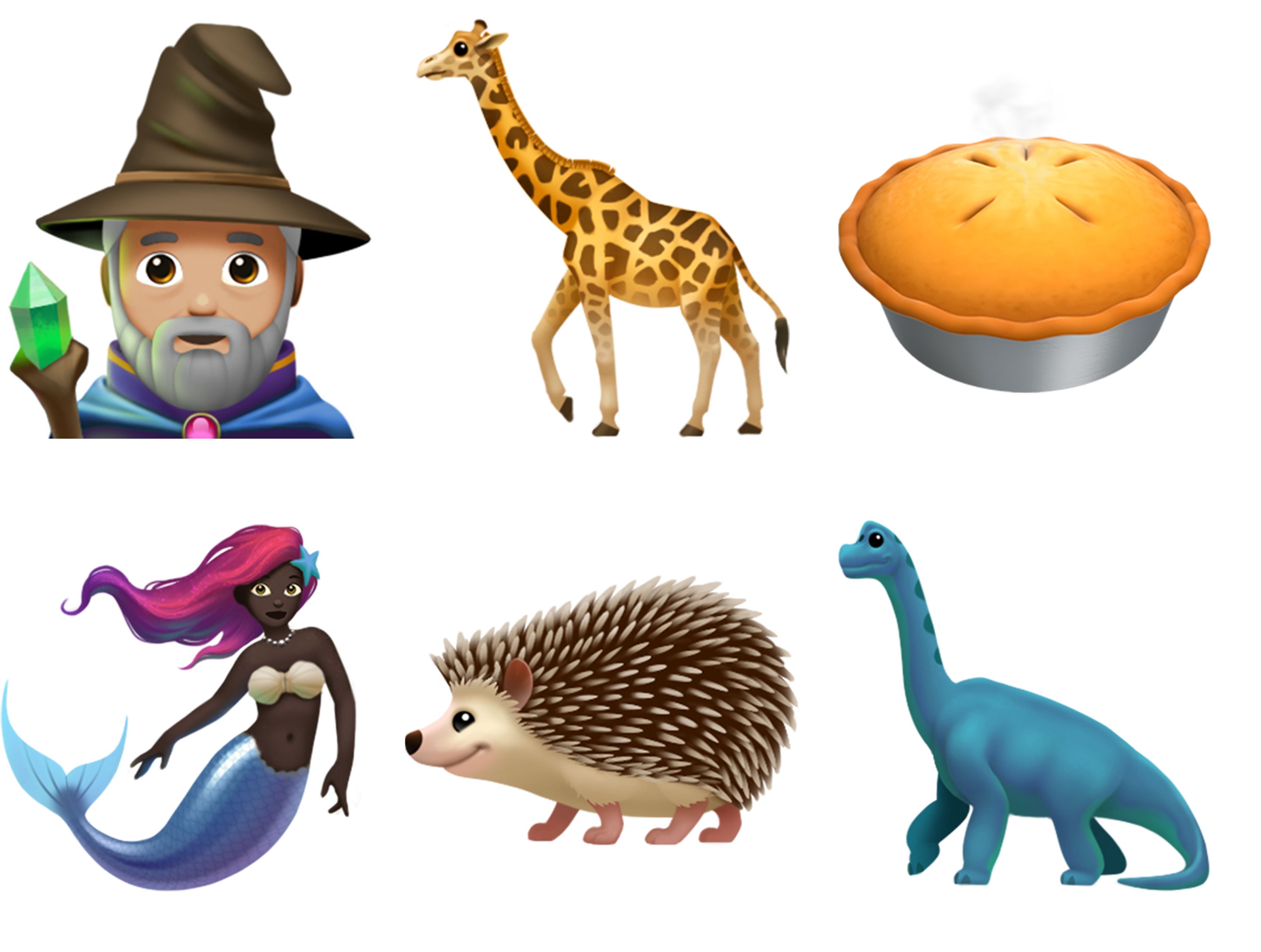Apple has released a new set of emojis – which include the Scottish flag and gender-neutral faces– as part of the technology giant’s latest software update.
England and Wales are set to get their own icons too, meaning this is the first time the home nations will get the chance to show off their country's individual flags.
New designs which were approved by the Unicode Consortium – an independent standards body for the image-based language – have been made available to iPhone and iPad users in the company’s OS 11.1 update.
The new emojis for the three home nations
You will soon be able to use new animals such as a hedgehog, a giraffe, a cricket and a sauropod in your text messages and indicate your food choices with items such as a dumpling, broccoli and an apple pie when you get the beta update.
 Gender-neutral emojis and an orange heart will feature in the new update (Apple)
Gender-neutral emojis and an orange heart will feature in the new update (Apple)
The love-you gesture has been updated with a design based on the “I love you” hand sign in American Sign Language, and mythical creatures such as a mermaid, a merman, a fairy, a vampire and a wizard have been added.
The update also features characters previewed at the World Emoji Day on July 17, which include a woman with a headscarf as well as a bearded man, a breastfeeding woman, a zombie and a person in a lotus position.
 The update also features characters previewed at the World Emoji Day which include a woman with a headscarf, a bearded man, a breastfeeding woman and a person in a lotus position (Apple)
The update also features characters previewed at the World Emoji Day which include a woman with a headscarf, a bearded man, a breastfeeding woman and a person in a lotus position (Apple)
Gender-neutral emojis were confirmed earlier this year following calls to include non-binary characters to represent those who identify as neither fully male nor female.
The orange heart emoji is the latest addition to the existing coloured hearts in rainbow shades.
The Unicode Consortium analyses and approves submitted designs of emoji for use by all the major technology companies, including Apple, Google, Microsoft and Twitter.
 Other emojis include a wizard, a giraffe, an apple pie, a mermaid, a hedgehog and a sauropod (Apple)
Other emojis include a wizard, a giraffe, an apple pie, a mermaid, a hedgehog and a sauropod (Apple)
The final version also includes a standardised look and design the emoji should stick to.
Emoji was characterised as the fastest growing language in the UK by 2015 and it is said to be evolving faster than many ancient types of communication.
The images take their name from the Japanese words meaning “picture” and “character”, having originated in the country in the late 1990s, before becoming popular among instant messaging and social media users.






Comments & Moderation
Readers’ comments: You are personally liable for the content of any comments you upload to this website, so please act responsibly. We do not pre-moderate or monitor readers’ comments appearing on our websites, but we do post-moderate in response to complaints we receive or otherwise when a potential problem comes to our attention. You can make a complaint by using the ‘report this post’ link . We may then apply our discretion under the user terms to amend or delete comments.
Post moderation is undertaken full-time 9am-6pm on weekdays, and on a part-time basis outwith those hours.
Read the rules here